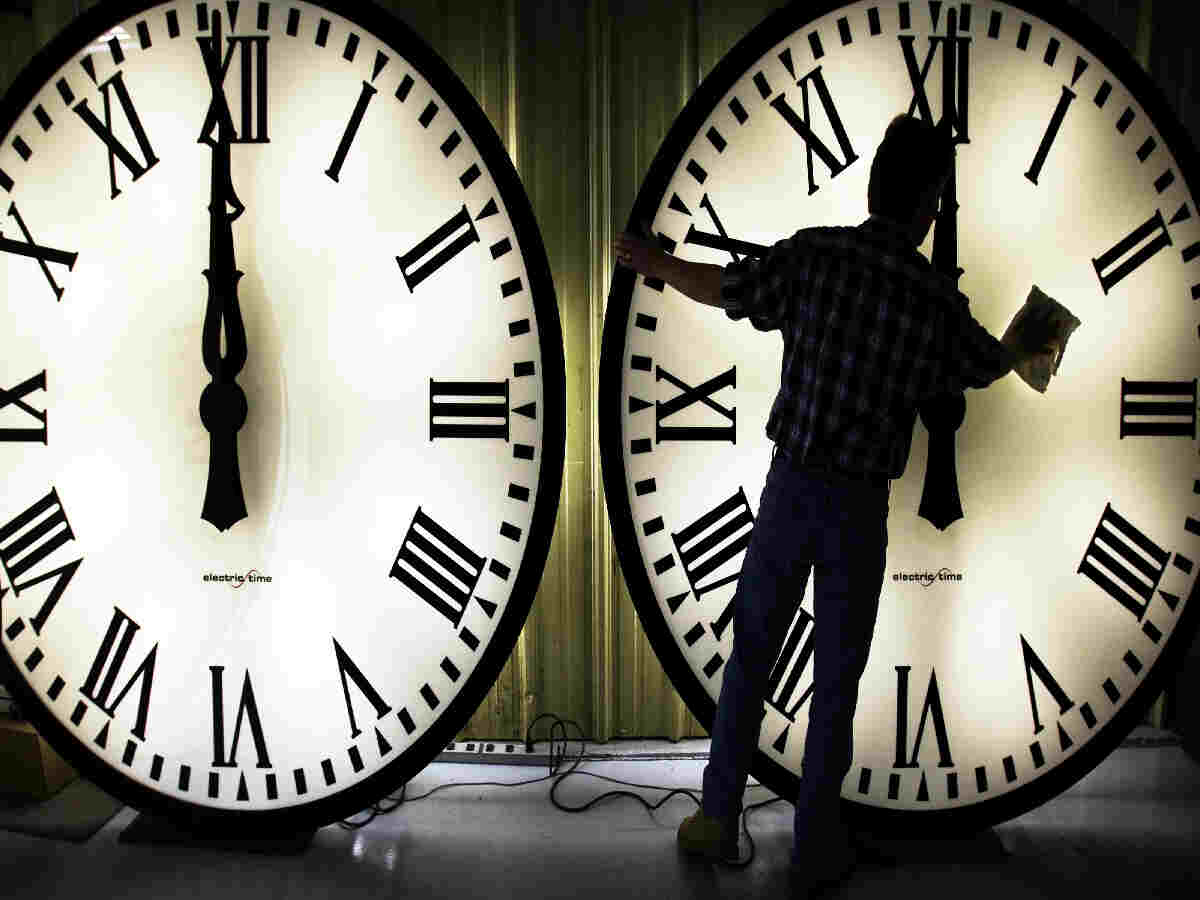
Daylight saving time ends on November 3, 2024: Here’s what you need to know
Daylight Saving Time (DST) for 2024 will end on Sunday, November 3. At 2:00 AM, clocks will “fall back” by one hour, signaling the return to Standard Time. This change offers an extra hour of sleep and marks the beginning of shorter days as we head into winter.
Earlier this year, DST began on March 10, when clocks were moved forward by one hour. DST is followed in many parts of the world, including North America, Europe, and Australia, to take advantage of longer daylight hours in the warmer months. By moving the clock forward, there is an extra hour of daylight in the evening, which can help save energy and allow people to enjoy more daylight after work or school.
On Sunday, November 3, 2024, the clocks will fall back one hour and Daylight Saving Time (DST) will end. Scroll through our time change tips and get prepared. pic.twitter.com/NggjDxj8cF
— National Sleep Foundation (@sleepfoundation) October 25, 2024
The main reason behind DST is to make better use of natural daylight. It was first widely adopted during World War I as an energy-saving measure. Although it has remained a common practice in many countries, some places have stopped using it because of disagreements about its effectiveness. While supporters believe that DST helps conserve energy and improves productivity, critics argue that it can disrupt sleep schedules and daily routines.
As November 3 approaches, remember to set your clocks back one hour on the night of November 2. The return to Standard Time will remain until DST starts again in March 2025. This change not only gives us more daylight in the mornings but also brings cozy, early evenings, signaling the start of the winter season.
Enjoy the extra hour of rest and embrace the comfort of the shorter days ahead!
Read More: Mokshagna’s debut film to feature Bollywood diva as female lead












